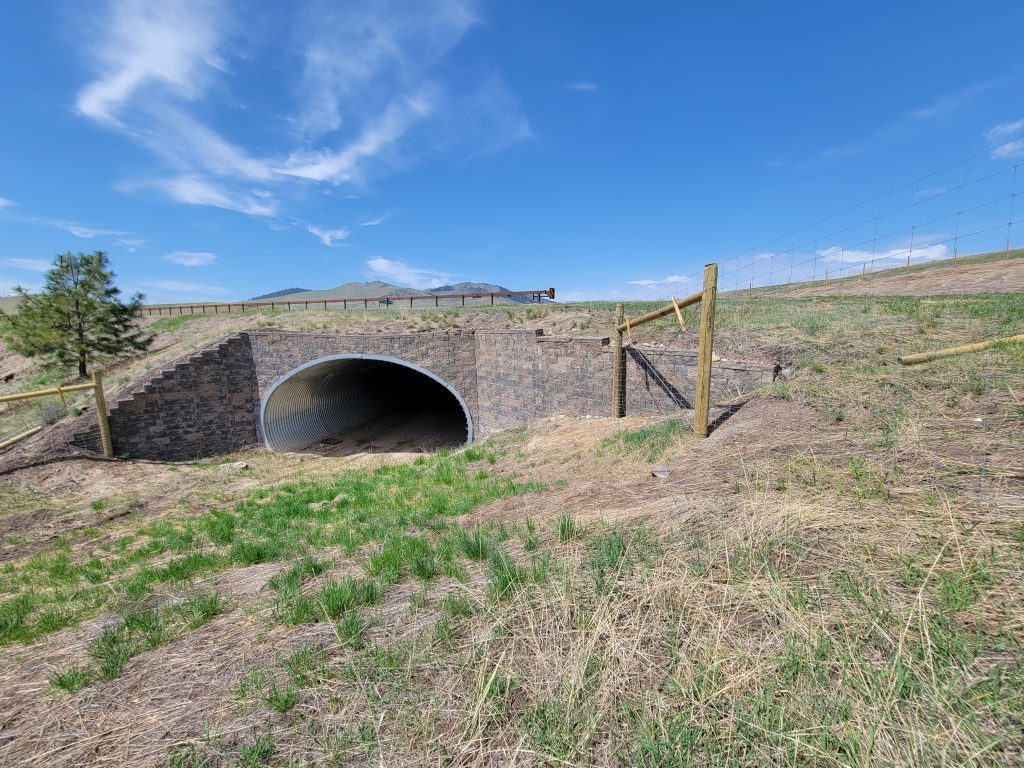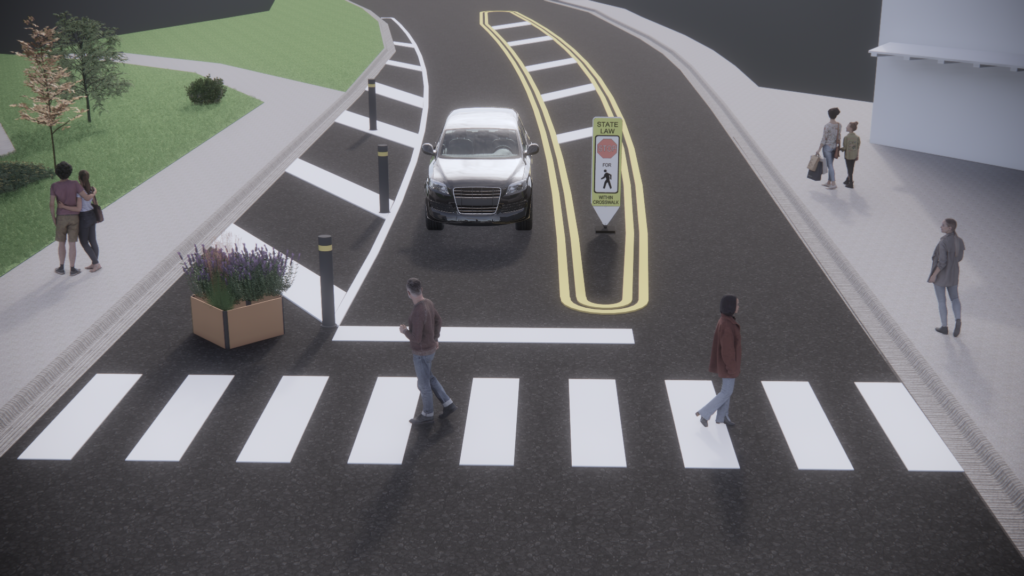Y2Y CONTRIBUTES TO GRIZZLY BEAR RESEARCH ALONG US HWY 93, FLATHEAD INDIAN RESERVATION, MONTANA

Y2Y recently contributed funds to continue the monitoring of wildlife underpasses along US Hwy 93 on the Flathead Indian Reservation in Montana. The monitoring is especially focused on grizzly bears, and it is conducted by the Confederated Salish & Kootenai Tribes (CSKT) and the Western Transportation Institute at Montana State University (WTI-MSU). It is important […]
WTI Researchers Improving Roadway Safety in Big Sky

Work is moving forward on a collaborative project between WTI and Big Sky Community Organization (BSCO) on an Ousel Falls Road traffic calming and place-making project. Organizers believe that the temporary infrastructure, funded through the Building Active Communities Initiative (BACI) and the Big Sky resort tax, will increase safety and connectivity for pedestrians and cyclists […]
IN THE NEWS: WTI Researcher Plans Traffic Calming Project in Big Sky, TPF-5 Sparking Public Interest
Matt Madsen Interviewed in Explore Big Sky WTI Researcher Matt Madsen, along with the Big Sky Community Organization (BSCO), is spearheading a traffic calming project in the heart of Big Sky, Montana. Madsen describes the upcoming project in the Explore Big Sky article “Traffic calming project set for Ousel Falls Road,” as well as participation […]
BREAKING NEWS: Animals Gather Amid World-Wide Roadway Protests
Collective Calls for Humans to “Share the Road” By Mike Price Field Correspondent In a shocking turn of events, animals worldwide have taken to roadways, creating massive blockades and bringing traffic to a standstill. It appears that the tragic death toll caused by animal-vehicle collisions (AVCs) has pushed many species to their limit of tolerance. The range […]
